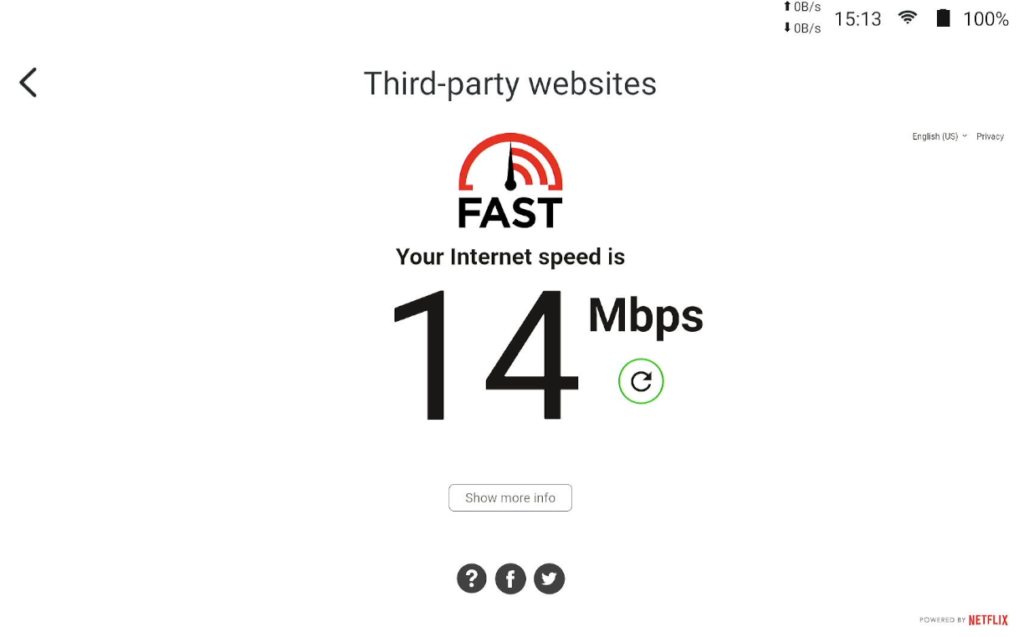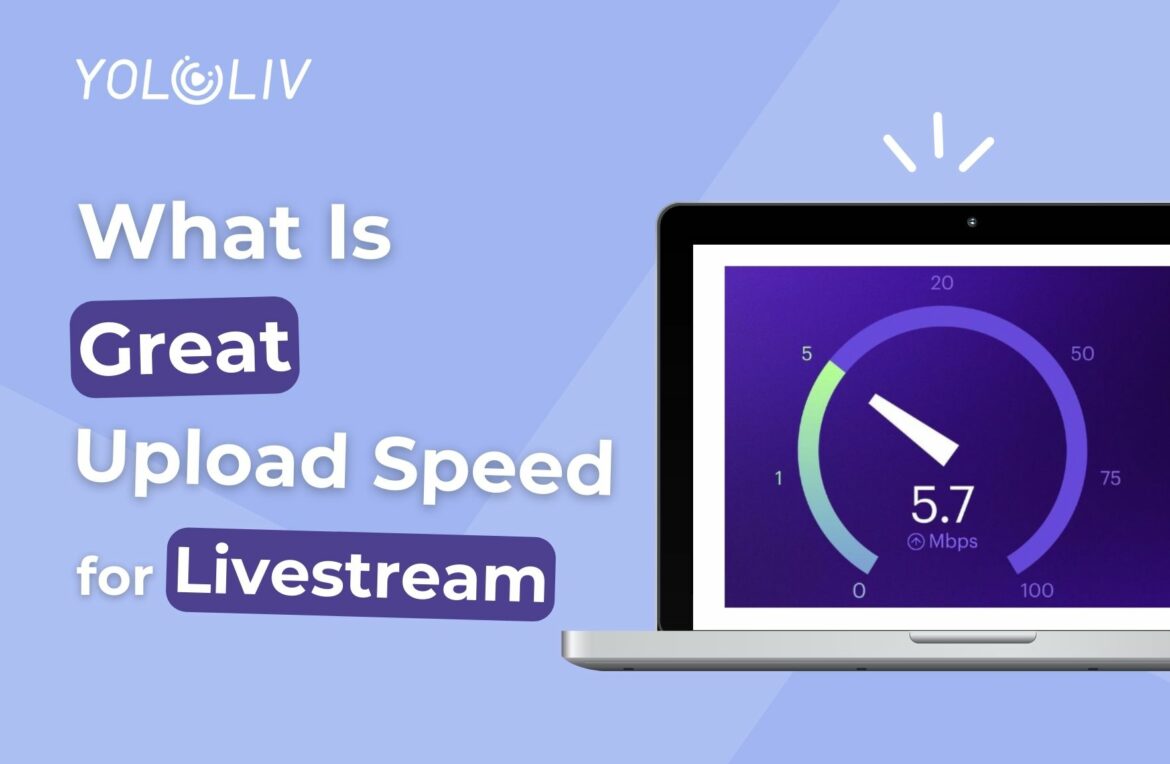Whether you’re a gamer, live broadcaster, or just love to live stream your activities, you might have wondered a question: what is a great upload speed for live streaming? So, here we’re. This article will delve into the details of upload speeds, the ideal upload speed for streaming, and how to enhance it. Let’s dive in!
What is Download/Upload Speed?
Internet speed is typically measured in megabits per second (Mbps). This speed has two types: download speed and upload speed.
The download speed is the rate at which data goes from the internet to your device. For example, downloading a movie or music file, loading a webpage, or streaming a video.
Upload speed, on the other hand, is the speed at which your device can send data to the internet. This comes into play when you’re sending large files over email, posting photos to social media, or live streaming a video game or event.
What is a Good Upload Speed for Streaming?
For a smooth, buffer-free live streaming experience, a higher upload speed is essential. The recommended upload speed varies based on the quality of the stream:
For standard definition (SD) streaming, an upload speed of 3 Mbps is generally sufficient. High-definition (HD) streaming typically requires an upload speed of at least 5 Mbps.
For full high-definition (Full HD) streaming, an upload speed of 10 Mbps is recommended. For 4K or ultra-high-definition (UHD) streaming, you’ll need an upload speed of 25 Mbps or higher.
Remember, these are the minimum speeds. For a more comfortable margin, consider aiming for upload speeds that are 1.5 to 2 times higher.
How Can I Test The Speed Of My Live Streams?
There are numerous online tools to test your internet speed, such as Speedtest by Ookla, Fast.com, and others. These sites will provide a measure of your current download and upload speeds.
However, if you’re a YoloBox user, you can directly test the network on the “Network Setting”

What Affects My Live Streaming Upload Speeds?
Several factors can influence your live stream’s upload speed:
Internet Service Provider (ISP): Your ISP plays a key role in determining your internet speed. Different ISPs offer different speed packages.
Network congestion: When multiple devices are connected to the same network and consuming bandwidth simultaneously, your upload speed may decrease.
Hardware: Old routers, cables, or devices can limit your internet speed.
Software: Certain applications running in the background may consume bandwidth, reducing your available upload speed.

What Upload Speeds Should I Be Aiming For?
For smooth streaming on Facebook, the recommended bitrate range for video falls between 3,000 and 6,000 Kbps. Audio bitrate can go up to 128 Kbps. Streaming at a maximum resolution of 1080p and 60 frames per second is possible, although most accounts are capped at 720p resolution. Aim for an upload speed of 6 to 7 Mbps. For 720p video at 30 or 60 frames per second, targeting an upload speed of about 3 to 4 Mbps is advisable.
Twitch
Twitch, a favorite among gamers, offers varying bitrates for different scenarios. For 720p video at 30 frames per second, the bitrate should be 3,000 Kbps, necessitating an upload speed of 5 Mbps. To achieve 720p video at 60 frames per second, the bitrate should be 4,500 Kbps, and the corresponding upload speed required is 6.2 Mbps.
Interestingly, the bitrates and upload speeds remain the same for 1080p video at 30 frames per second. However, for 1080p video at 60 frames per second, the recommended bitrate increases to 6,000 Kbps, requiring an upload speed of 7.4 Mbps.
YouTube
YouTube offers an array of options for live streaming quality. For instance, for 720p video at 30 frames per second, a bitrate between 1,500 and 4,000 Kbps is recommended, translating to an upload speed of 2 to 5 Mbps. To step it up with 720p video at 60 frames per second, aim for a bitrate of 2,250 to 6,000 Kbps, meaning an upload speed ranging from 2.9 to 7.4 Mbps.
For 1080p video at 30 frames per second, the bitrate should hover between 3,000 and 6,000 Kbps, requiring an upload speed of 3.8 to 7.4 Mbps. Going further, 1080p video at 60 frames per second suggests a bitrate range of 4,500 to 9,000 Kbps, and upload speeds between 5.6 and 11 Mbps.
How to Get a Good Upload Speed for Streaming?
Here are a few tips to enhance your upload speed for streaming:
Upgrade your internet plan: If your current plan doesn’t provide the necessary speed, consider upgrading to a higher-speed plan.
Use a wired connection: Wired connections, like Ethernet, typically offer more stable and faster speeds than wireless connections.
Upgrade your hardware: If your router or device is old, consider upgrading to a newer model that can handle higher speeds.
Limit background applications: Ensure no unnecessary applications are running in the background and consuming your bandwidth.
Conclusion
Remember, a great upload speed for live streaming not only enhances your viewing experience but also ensures your viewers get to enjoy a high-quality, buffer-free stream. Happy streaming!
19,387 total views, 51 views today

Meredith, the Marketing Manager at YoloLiv. After getting her bachelor’s degree, she explores her whole passion for YoloBox and Pro. Also, she contributed blog posts on how to enhance live streaming experiences, how to get started with live streaming, and many more.


